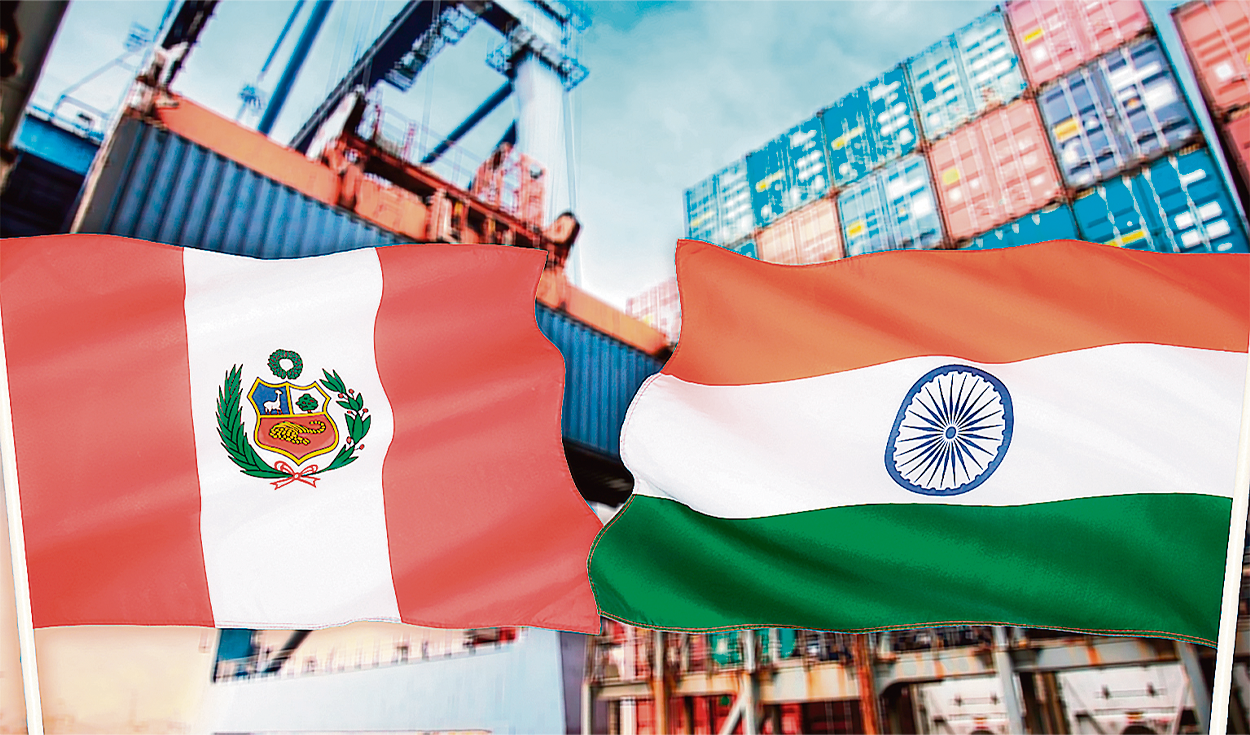
The free trade agreement (FTA) between Peru and India—the second largest market in the world—could be a reality this year, as proposed by the Ministry of Foreign Trade and Tourism (Mincetur) and in the opinion of experts consulted by this means who view favorably the progress made by this portfolio and its technical team.
Next steps
This Monday the sixth round of negotiations for the trade agreement between both countries began. As recalled, the first of these meetings was held in New Delhi, in August 2017, and the last was in August 2019.
Due to the pandemic, the dialogue could not continuebut in the middle of last year it was reported that they managed to resume these conversations.
For Carlos Posada, institutional director of the Lima Chamber of Commerce (CCL) and former vice minister of Foreign Trade, in 2024 we should complete the negotiations and then give way to the legal review of the agreement, the subscription and its subsequent implementation.
But above all it stands out that The important thing is that a quality agreement is achieved for national producers, foreign trade entrepreneurs and consumers.
Although the rounds of negotiations address issues such as access to markets by origin and intellectual property, each of these meetings last on average one week, according to Darwin Cruz Fiestas, SME internationalization and business intelligence consultant, but the number of these meetings prior to closing the deal is not defined. “Negotiations end when everything is negotiated. That is the premise,” notes the expert.
Opportunities
One of the reasons why the Peruvian GDP has not grown is due to the lack of investment, says Posada, and, in that sense, the FTA with India would be very beneficial, since it would attract the interest of Indian investors in key sectors such as technology and renewable energies. In addition, it will improve our competitiveness by having privileged access to a new market of more than 1.4 billion inhabitants.
In detail, Peruvian superfoods, such as quinoa, maca, camu camu, have greater opportunities in this market, as well as fresh and processed fruits, grapes, blueberries, mangoes and bananas.
“The fish line has always benefited greatly from the treaties, and frozen fish and seafood are those that I think could be of interest in the Indian market,” says Posada.
For his part, Diego Llosa, central manager of Exports of the Association of Exporters (ADEX) and former vice minister of Foreign Trade, points out that the India It has very high tariffs, on average it reaches 18.1%. In this way, the FTA will allow this tax to be eliminated or reduced, giving Peruvian exporters a “privileged advantage” over other countries in the region.
Reactions
Diego Llosa, central export manager of ADEX
“We must welcome the Government’s initiative to resume this negotiation process with what is today its fifth main trading partner and the fifth destination market for total exports.”
Carlos Posada, institutional director of the CCL
“The negotiation must be very fine and guarantee that our products will not only receive tariff benefits, but that the technical regulations will be in accordance with our production capacity.”
Source: Larepublica
Alia is a professional author and journalist, working at 247 news agency. She writes on various topics from economy news to general interest pieces, providing readers with relevant and informative content. With years of experience, she brings a unique perspective and in-depth analysis to her work.











